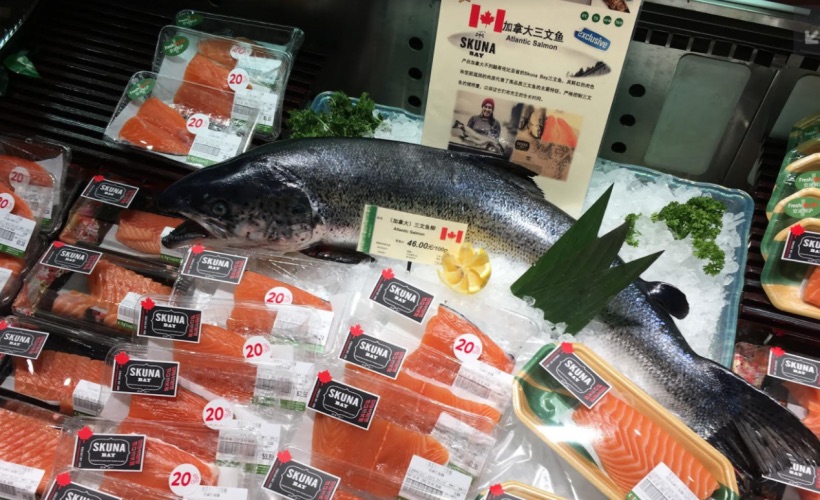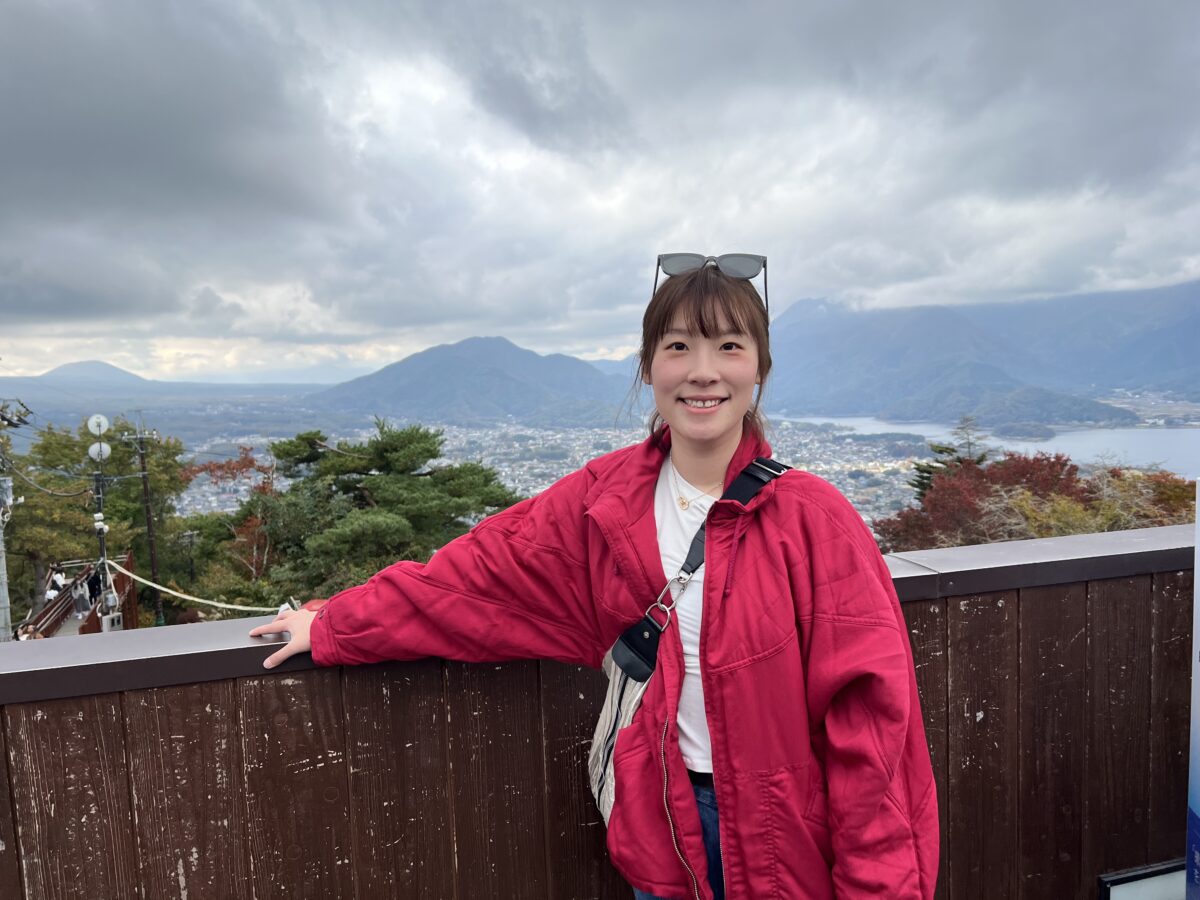In China, rainbow trout is now salmon?
In China, rainbow trout is now salmon?

Two months after the revelation that one-third of the salmon sold in China was, in fact, domestic rainbow trout mislabeled to deceive consumers, the China Aquatic Products Processing and Marketing Alliance (CAPPMA), along with 13 Chinese fishery companies, recently announced new industry standards to broaden the definition of salmon, and now officially recognizes rainbow trout as legitimate salmon in the Chinese market.
The announcement (in Chinese), titled “Group standards of salmon for raw consumption,” was made public on August 6. According to a post published on the official website of CAPPMA, a fishery organization affiliated with the Ministry of Agriculture, the proposal has been accepted by government officials and is awaiting feedback from the public.
The document notes that “salmon” is a general name for a species in the family of Salmonidae, which includes rainbow trout. Technically speaking, the statement is partially wrong. According to Wikipedia, “salmon” is an umbrella term used to describe “several species of ray-finned fish in the family Salmonidae,” and while trout falls into the category of Salmonidae and is closely related to salmon, it is clearly not salmon in a scientific (or layman, for that matter) sense.
The redefinition also goes against what average Chinese people believe to be salmon. Chen Shunsheng 陈舜胜, a professor at Shanghai Ocean University, told The Paper that when ordering or purchasing salmon in China, no one expects to instead get rainbow trout. “The rainbow trout is a freshwater fish. Calling it ‘freshwater salmon’ is stealing a concept,” Chen said.
In May, it was revealed that Longyangxia Reservoir in Qinghai Province, China’s largest salmon production center — responsible for one-third of China’s salmon production — was actually raising rainbow trout. The news ignited outrage among consumers, who condemned the farm for misleading customers and expressed concerns about parasite infections. Citing the “salmon scandal,” the announcement says that the new rules are designed to “clarify the definition of salmon” and “regulate its production.”
It so happens that Longyangxia Reservoir is one of the 13 fishery companies involved in the creation of the proposal.
The reaction to the new ruling is overwhelmingly negative among Chinese internet users, with many accusing the organization of normalizing questionable practices instead of curbing them. “I’ve never heard of manufacturers making industry standards for themselves,” a Weibo user commented (in Chinese). And because salmon is significantly more expensive than rainbow trout, an Internet user complained, “Now they can justifiably raise the price of rainbow trout, making it as high-end as salmon.”
In response to the news, Fang Zhouzi 方舟子, a Chinese popular scientific writer, tweeted, “What a missed opportunity for Chinese dairy factories to issue rules that would have made melamine a legitimate component of milk back then [referring to China’s infamous 2008 milk scandal]. People selling salmon are much smarter. They declare that the rainbow trout is not only a species of salmon, but also safe for raw consumption. Why don’t these experts eat raw rainbow trout first?”






